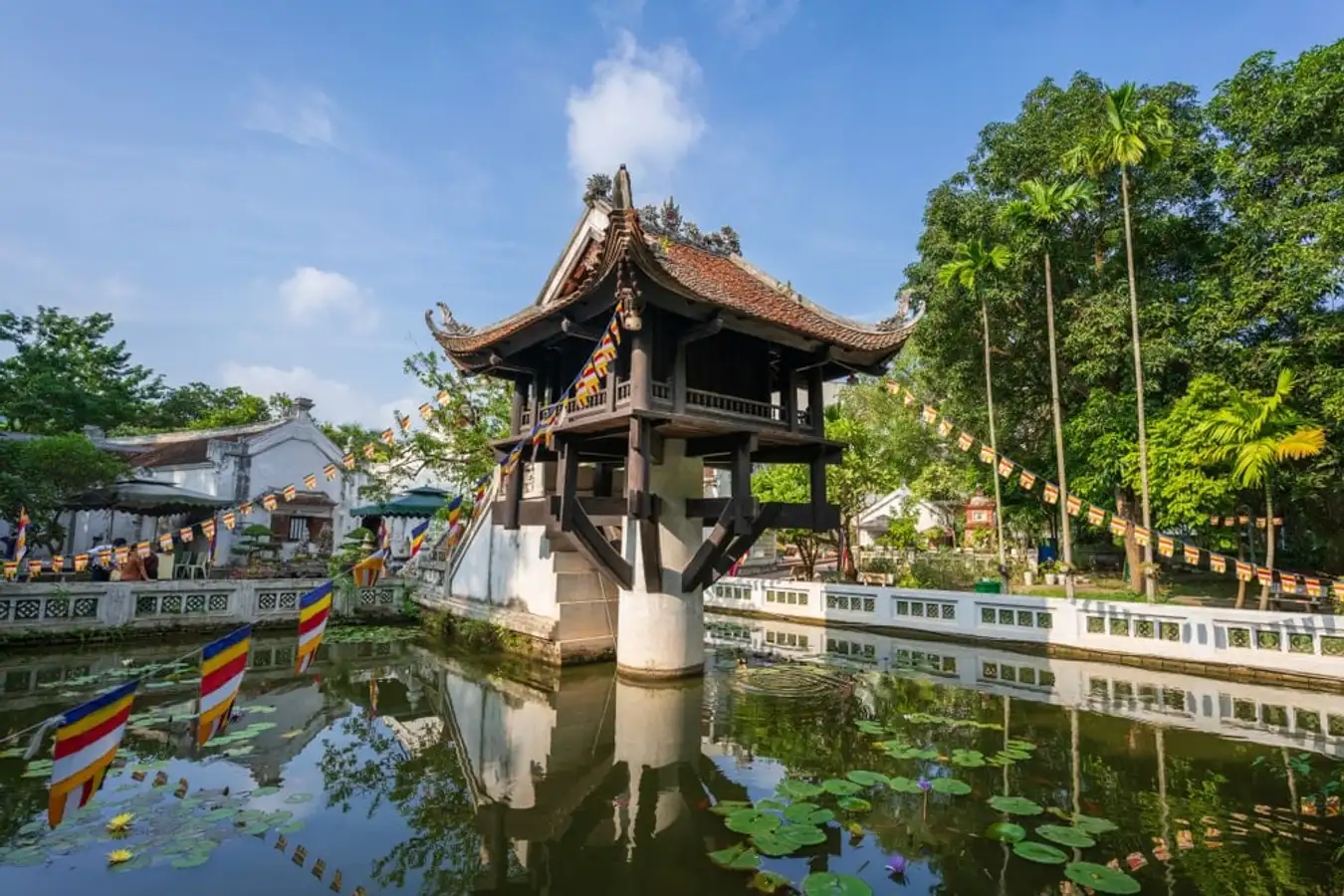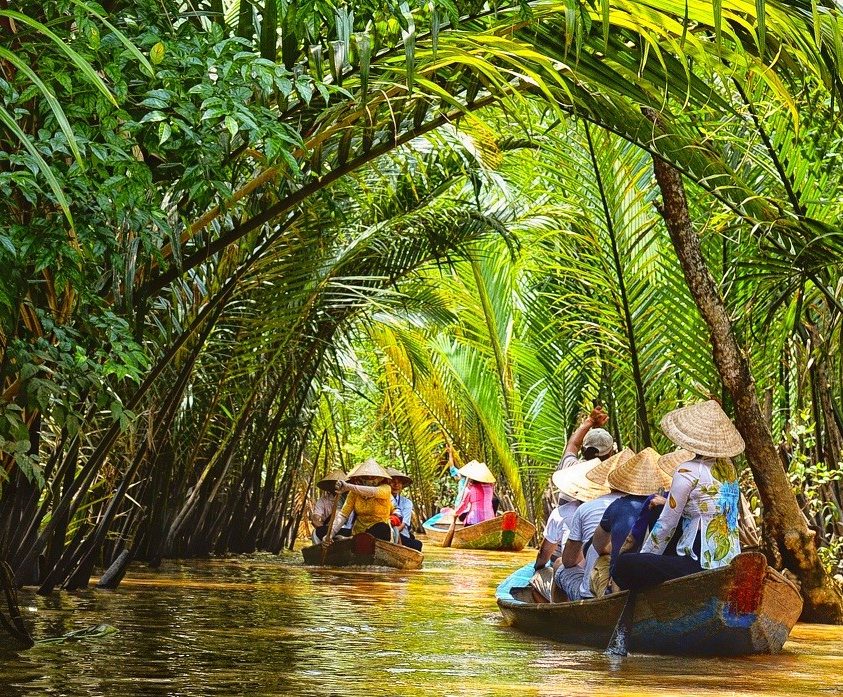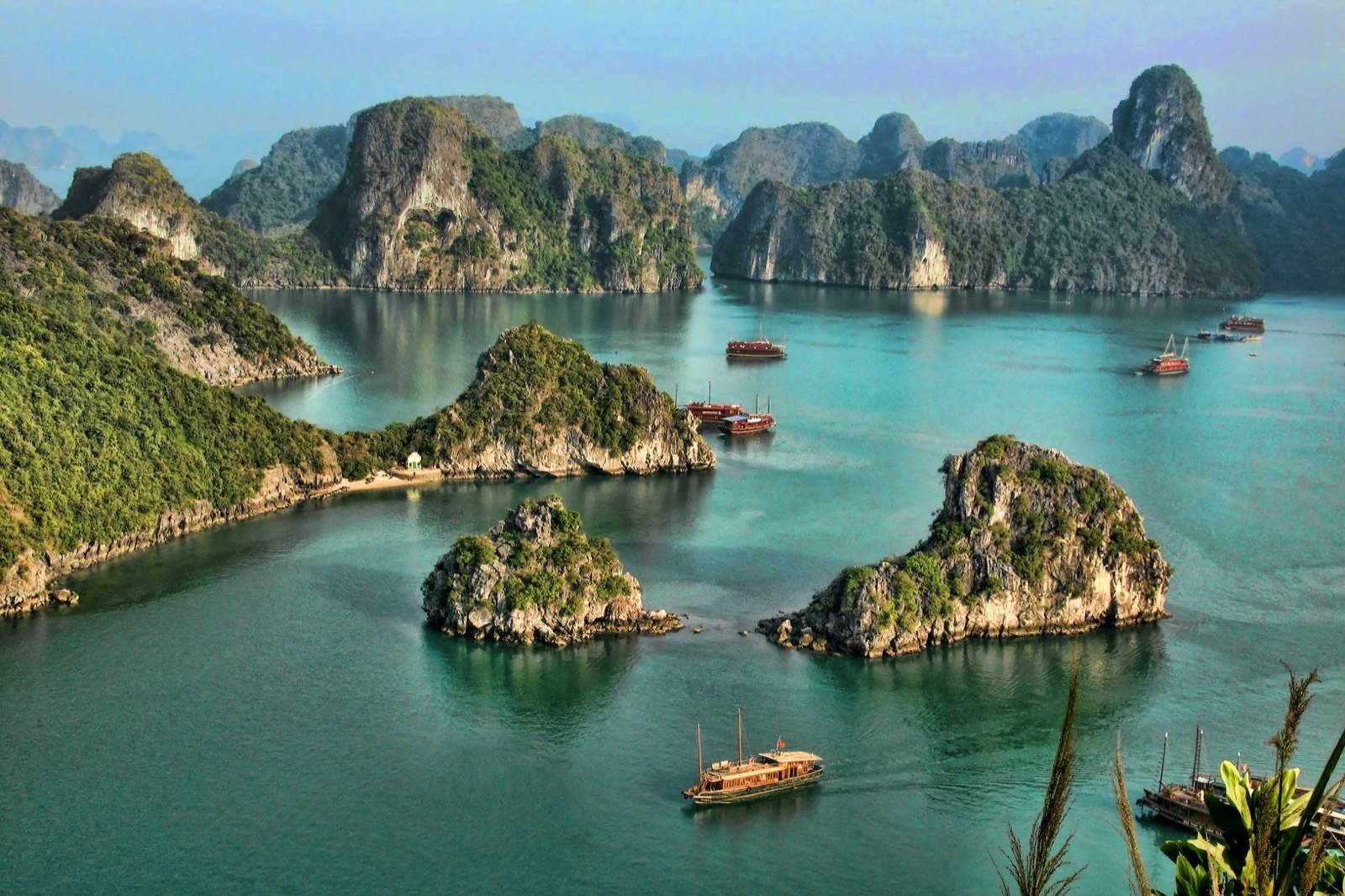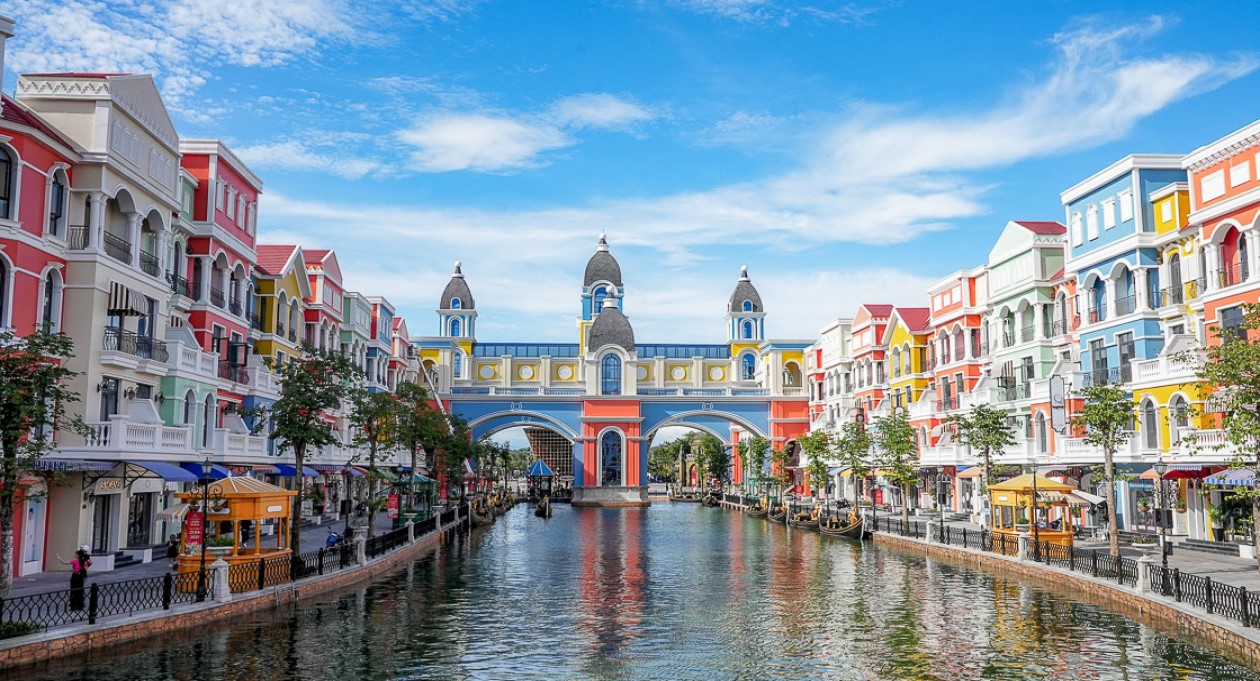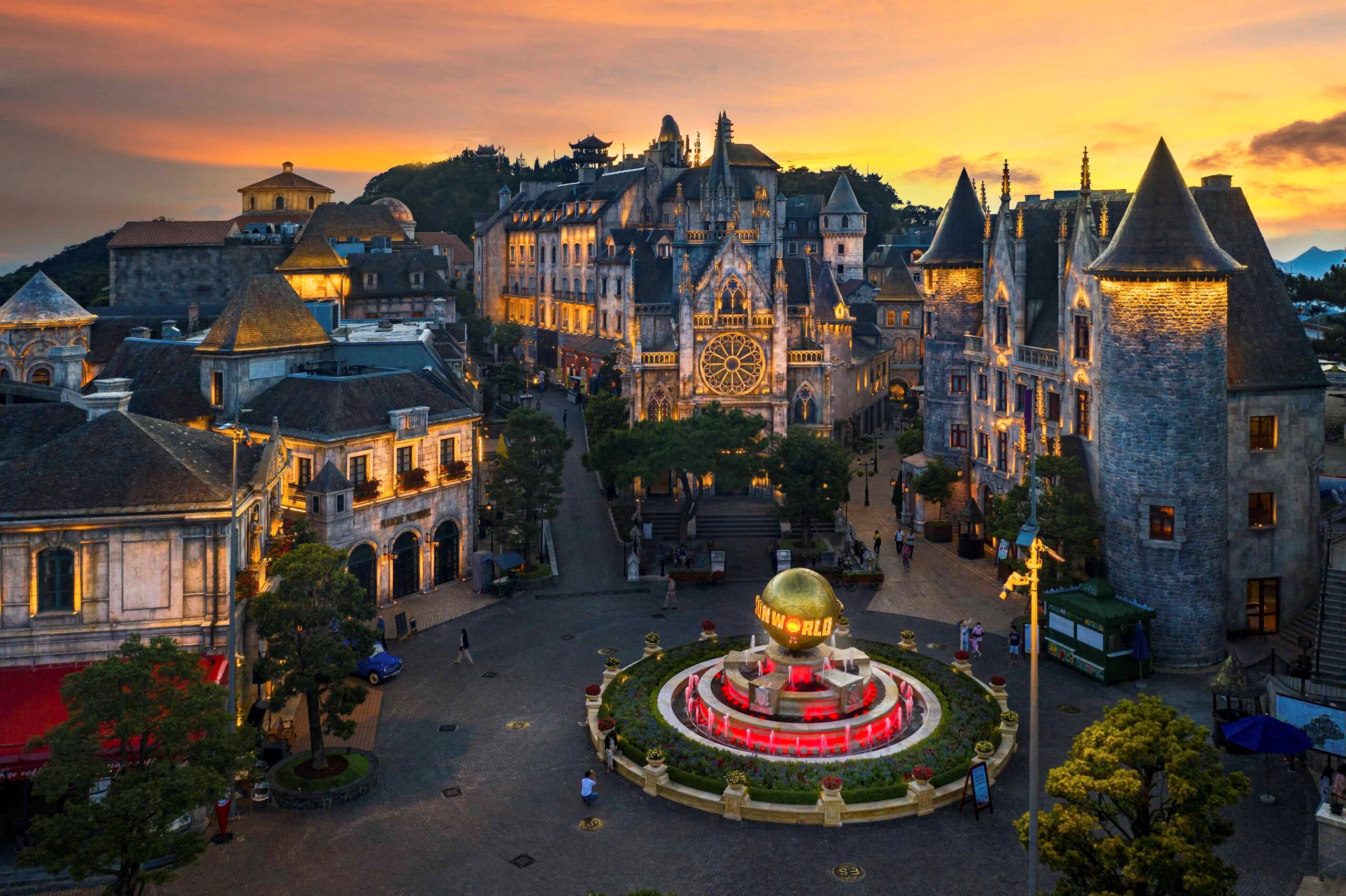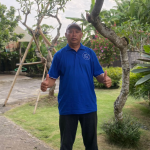9 Essential Tips for Organizing a Trip to Vietnam with AVS
1. Understand Vietnam’s Unique Culture
When preparing for a trip to Vietnam, immersing yourself in its unique culture is essential. Vietnam’s history is rich, influenced by various dynasties, colonialism, and wars, leading to a tapestry of traditions and practices. Understanding this background helps in appreciating the country’s cultural heritage, from its ancient temples to modern cities.
1.1 The Rich History of Vietnam
Vietnam’s historical narrative is a fascinating journey through time. From the ancient Champa Kingdom to the era of French colonialism, each period has left its mark on the culture. Knowing this history not only enriches your travel experience but also helps in connecting with locals who are proud of their heritage.

1.2 Cultural Norms and Etiquette
Vietnamese culture places a high value on respect and politeness. Always greet people with a smile, avoid public displays of anger, and be mindful of local customs such as removing shoes before entering homes or temples. Understanding these norms will ensure a more respectful and enjoyable interaction with locals.
2. Choose the Right Time to Visit
Choosing the best time to visit Vietnam can make a significant difference in your trip. Vietnam’s diverse climate means that different regions have different peak times.
2.1 Best Seasons to Travel
Generally, the best time to visit northern Vietnam is from October to April when the weather is cooler and drier. Southern Vietnam is best visited from December to April. The central region experiences the least rain between February and April.
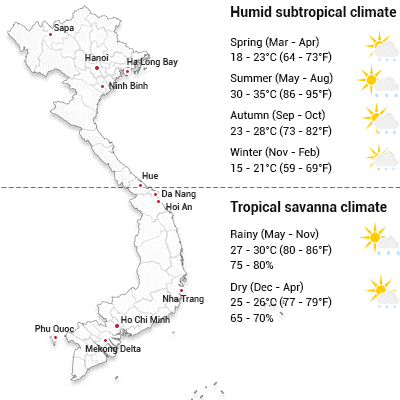
2.2 Weather Considerations
Vietnam’s weather can vary significantly. Prepare for hot and humid conditions in the south, cooler temperatures in the north, and frequent rain in the central region. Planning your visit around these patterns will help you make the most of your trip.
3. Plan Your Itinerary Wisely
Creating a balanced itinerary is key to experiencing Vietnam fully. While it’s tempting to see everything, a well-thought-out plan ensures you can enjoy each destination without feeling rushed.
3.1 Major Attractions to Include
Include a mix of bustling cities like Hanoi and Ho Chi Minh City, historical sites like My Son and the Cu Chi Tunnels, and natural wonders like Halong Bay and Phong Nha-Kẻ Bàng National Park. This variety offers a comprehensive view of Vietnam’s beauty and diversity.
3.2 Balancing Cities and Countryside
Vietnam offers a unique blend of urban and rural experiences. Spend time exploring the lively city markets and also immerse yourself in the tranquil countryside, such as the Mekong Delta or Sapa’s terraced fields.

4. Book Accommodations in Advance
Securing your accommodations early can save you stress and money. Vietnam offers a wide range of options from budget hostels to luxurious resorts.
4.1 Types of Accommodation
Choose from hotels, guesthouses, homestays, and even boutique lodges. Each type offers a different experience, from interacting closely with locals in a homestay to enjoying the comforts of a high-end hotel.
4.2 Popular Hotels and Resorts
Consider staying at well-reviewed places like the Sofitel Legend Metropole in Hanoi or the InterContinental in Ho Chi Minh City for a luxurious experience. In more remote areas, look for eco-resorts that blend with nature.
5. Budgeting and Currency Exchange
Planning your budget and handling currency exchange can greatly affect your trip’s comfort and enjoyment.
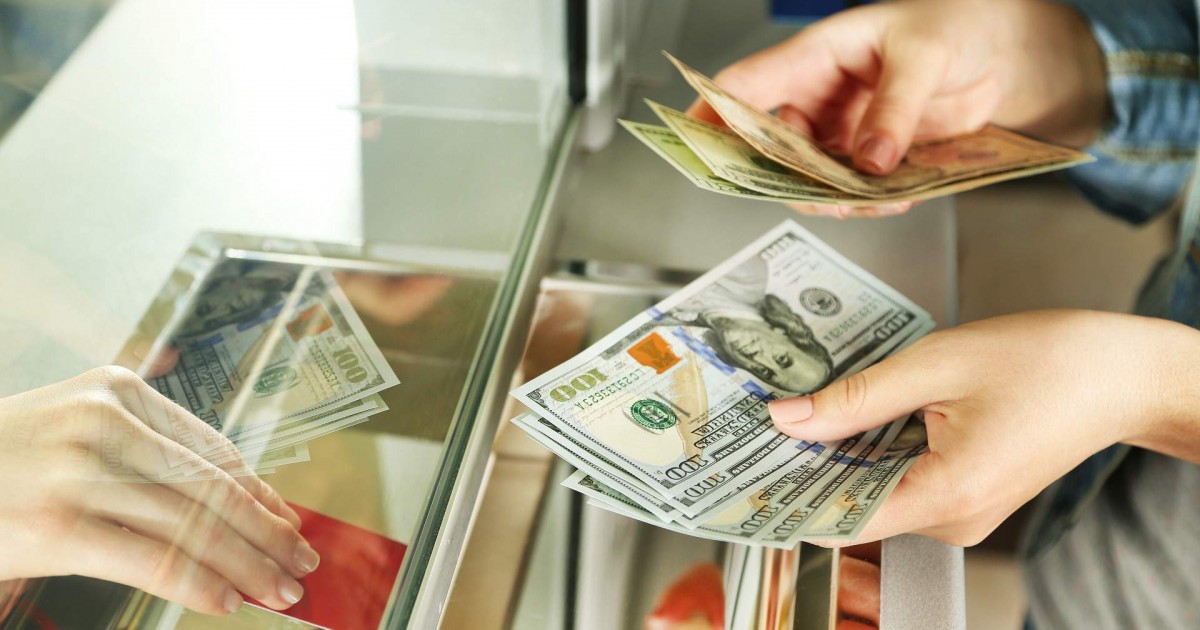
5.1 Setting a Realistic Budget
Estimate your daily expenses including accommodation, food, transportation, and activities. Vietnam is generally affordable, but costs can add up depending on your style of travel.
5.2 Currency Exchange Tips
Vietnam’s currency is the Vietnamese Dong (VND). It’s advisable to exchange some money before your trip and use local exchange services for the best rates. Credit cards are widely accepted in major cities but carry some cash for rural areas.
6. Transportation Tips
Navigating Vietnam can be an adventure in itself. Familiarize yourself with the various modes of transportation available.
6.1 Getting Around the Cities
In cities, use taxis, ride-sharing apps like Grab, or motorbikes for quick travel. Traffic can be chaotic, so be prepared for a lively ride!
6.2 Traveling Between Cities
For longer distances, consider domestic flights, trains, or buses. Each mode has its own charm—trains offer scenic views, while flights save time.
7. Health and Safety Precautions
Ensuring your health and safety is crucial for a smooth trip.
7.1 Vaccinations and Health Tips
Check if any vaccinations are recommended before traveling. Stay hydrated, avoid drinking tap water, and be cautious with street food.
7.2 Safety Measures
Vietnam is generally safe for tourists. However, always be aware of your surroundings, keep your belongings secure, and follow local advice on safety.
8. Local Cuisine and Dining Etiquette
Vietnamese cuisine is a highlight of any trip. Exploring local dishes and dining customs adds flavor to your travel experience.
8.1 Must-Try Dishes
Don’t miss out on Pho, a flavorful noodle soup that’s a staple of Vietnamese cuisine. Try Banh Mi, a delicious Vietnamese sandwich, and fresh spring rolls known as Goi Cuon. For dessert, indulge in Che, a sweet and refreshing treat. Each region has its specialties, so be sure to sample local favorites wherever you go.

8.2 Dining Etiquette
When dining in Vietnam, it’s customary to share dishes with others. Use chopsticks properly and be mindful of local dining etiquette, such as not sticking chopsticks upright in your rice, as it resembles funeral rites. Eating with your hands is acceptable for some dishes, but always follow the lead of your hosts.
9. Learn Basic Vietnamese Phrases
While many Vietnamese people speak English, knowing a few basic phrases can enhance your travel experience and endear you to locals.
9.1 Essential Phrases
Learn key phrases like “Xin chao” (Hello), “Cam on” (Thank you), and “Gioi thieu” (Please). These simple expressions can go a long way in showing respect and making connections.
9.2 Useful Language Apps
Download language apps like Google Translate or Pleco, which can help you with translations and pronunciation. These tools are handy for overcoming language barriers and making your travel experience smoother.
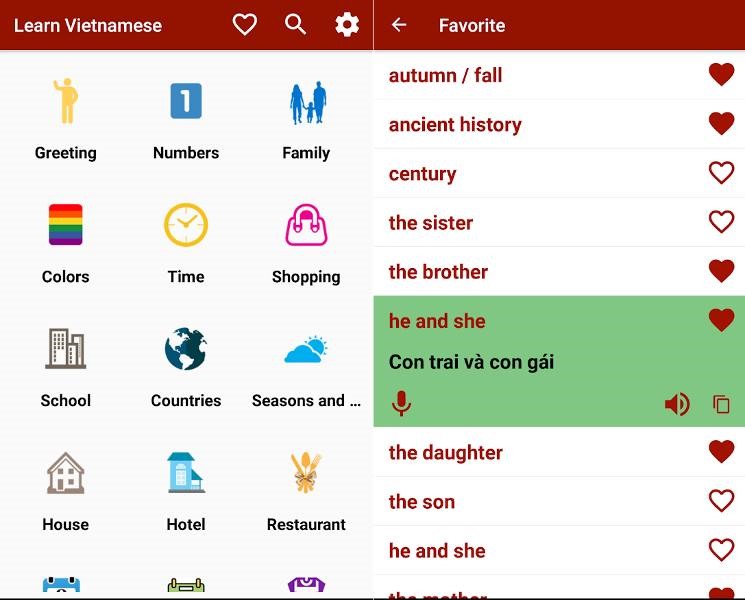
Conclusion
Organizing a trip to Vietnam can be an exciting and rewarding experience with a little preparation. By understanding the culture, planning your itinerary, and embracing local customs, you’ll set the stage for an unforgettable adventure. Whether you’re exploring bustling cities, relaxing in serene landscapes, or savoring delicious cuisine, these tips will help you make the most of your journey with AVS Travel. Safe travels!
FAQs
- What is the best time of year to visit Vietnam?
- The best time to visit depends on the region you’re exploring. Generally, the cooler months from October to April are ideal for northern and southern Vietnam, while central Vietnam is best visited from February to April.
- Do I need a visa to travel to Vietnam?
- Most travelers require a visa to enter Vietnam. Check the latest visa requirements based on your nationality and apply in advance if necessary.
- What vaccinations are recommended before traveling to Vietnam?
- Common vaccinations recommended include Hepatitis A, Hepatitis B, Typhoid, and Tetanus. Consult your healthcare provider for personalized advice.
- How can I avoid food-related illnesses while traveling in Vietnam?
- Drink bottled water, avoid ice in drinks, and eat freshly prepared food. Be cautious with street food and ensure that it’s cooked thoroughly.
- Are credit cards widely accepted in Vietnam?
- Credit cards are widely accepted in major cities and tourist areas. However, carry some cash for use in rural areas and smaller establishments.
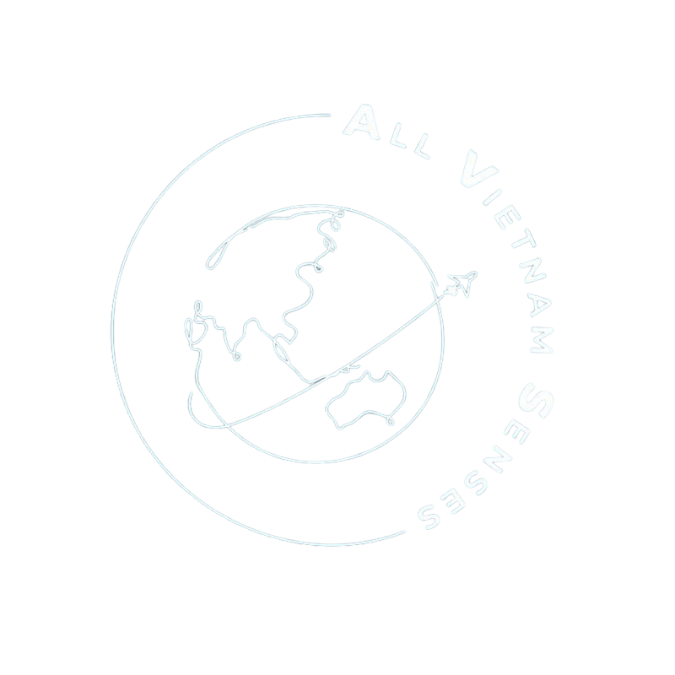
 5944
5944